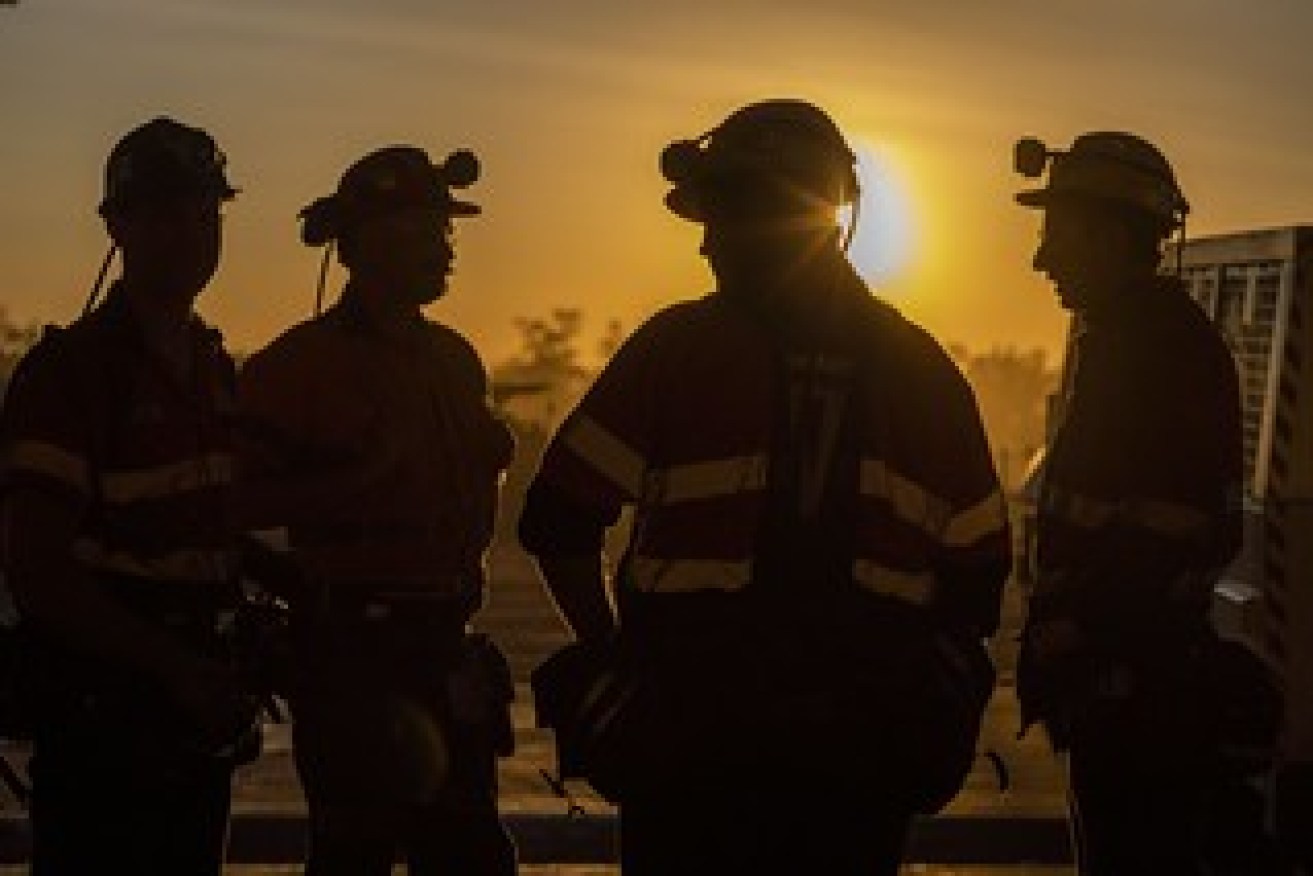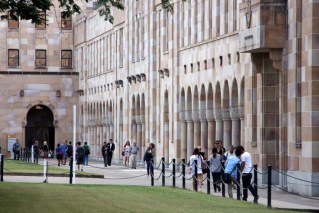Brisbane, two Coasts worst hit by job crisis, mining still buoyant
Brisbane and its neighbouring coasts have been hit harder than the rest of Queensland by job shedding as companies adjust to the COVID-19 recession.


The flush of COVID-19 cash and the shift to clean energy is sparking a new mining boom
According to an analysis by Conus Consultancy/CBC Staff Selection, about half the state’s 168,000 job losses since March have been in Greater Brisbane.
But the crucial mining industry remains buoyant.
“In Greater Brisbane employment is now down 89,500 (-6.9 per cent) since March while in the rest of Queensland the fall is 86,700 (-6.8 per cent),” Conus’s Pete Faulkner said.
“The Gold Coast has seen a huge drop in employment of 25,100 (-7.6 per cent) and the Sunshine Coast has lost 15,800 (-8.7 per cent) since March.
He said the impact on the coasts would be because of their reliance on tourism, but the retail sector had also been hit hard.
“Regions less reliant on tourism have fared much better; Toowoomba is down just 1100 (-1.5 per cent) and the Outback down 2000 (-4.6 per cent).
“Cairns is down 8900 (-6.4 per cent) since March and the unemployment rate is now up to 7.4 per cent.
“In Townsville employment is down 7900 (-6.9 per cent) with the unemployment rate at 7.6 per cent.”
Faulkner said annual employment was now down 5.1 per cent in Queensland, -5.7 per cent in Greater Brisbane and -4.4 per cent in the rest of Queensland.
“Trend unemployment continues to lift at a much slower pace than employment falls (i.e. people continue to withdraw from the labour force) and this fall in participation is mitigating some of the rise in the unemployment rate.
“Greater Brisbane’s unemployment rate now sits at 8 per cent while in the Rest of Queensland it is 7.8 per cent.
Queensland Resources Council chief executive Ian Macfarlane said the latest Australian Bureau of Statistics labour force data showed direct jobs in mining moved from 66,331 to 65,337 reinforcing the industry’s role in the COVID-19 recovery would be just as important as it has been through the immediate response.
“Jobs in the coal industry surged 15 percent while exploration and mining support jobs bounced 7 per cent,” Macfarlane said.
“Both the jobs preserved and created in this quarter flow through to indirect jobs in workshops and offices. Across Queensland the resources sector supports 372,561 indirect and direct full-time jobs.”












